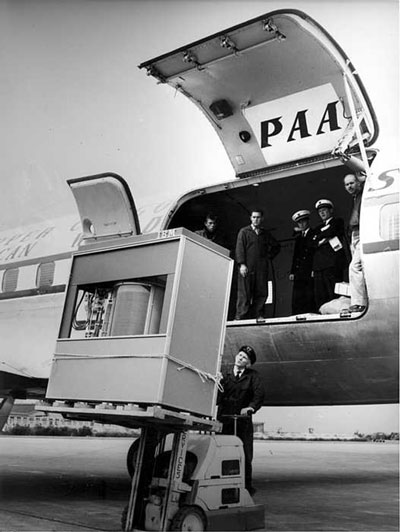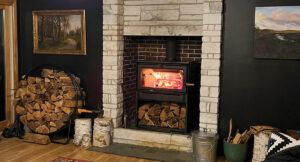 Iam writing this column at 5:45 a.m. as I watch the beautiful sun rise. Yes, the amazing sun. As you may recall, we have discussed previously how all energy comes from the sun and how heat travels by three methods. We have already discussed conduction and convection, and will now discuss what I consider to be the most interesting form of heat transfer of the three, radiation.
Iam writing this column at 5:45 a.m. as I watch the beautiful sun rise. Yes, the amazing sun. As you may recall, we have discussed previously how all energy comes from the sun and how heat travels by three methods. We have already discussed conduction and convection, and will now discuss what I consider to be the most interesting form of heat transfer of the three, radiation.
Webster’s dictionary defines radiation as, “The process in which energy in the form of rays of light, heat, etc., is sent out from atoms and molecules as they undergo internal change.” Radiation is the only mechanism of heat transfer that can move energy across empty space. Radiation from the sun travels to earth by the visible spectrum, such as white light, which we can see, and by the invisible spectrum, which we can’t see, as in the form of radio waves, microwaves, infrared waves, ultraviolet waves, X-rays, gamma rays and who knows what other waves or rays that might be discovered in the future. This form of heat transfer can actually affect our mood, attitude and happiness.
Suppose that it has been really cold and we haven’t seen the sun in days. Suddenly, the sun comes out and we all, including our pets, hurry outside or to a window to absorb the sun’s marvelous heat rays. If we live in a northern state, we may dream of heading to the Gulf Coast to bathe in the sun. Of course, those same marvelous rays can ruin that trip and be very painful if we absorb too many of them.
Do you sometimes dream, as I do, about being in a log cabin in the mountains on a snowy day with a big fire burning in a stone fireplace? Can anything be better than backing up to that fire and feeling that heat on your backside? Of course, your front side is cold while the backside may be overheating, so you turn around fairly often. Less I be misunderstood, as much as one might enjoy this event, a wood-burning fireplace is almost never an efficient way to heat one’s entire house. I can almost see some of you wanting to argue with me right now, but we will save that for another time. But remember that the wood you are burning is stored energy from the sun, which made rain, warm soil and green leaves possible.
As mentioned before, examples of all three types of heat transfer may be present at the same location. In the fireplace, the fire heats the air [convection], the stone absorbs the radiant rays [radiation], and anything that touches the stone or hot coals gets burned [conduction].
Well, I could write many pages about conduction, convection and radiation. And I would enjoy doing so. But our goal is to help us all better understand how heat transfer relates to energy efficiency and energy usage, which relates to comfort and utility bills, which is what we most care about anyway, right? Probably so, but you must admit that it is neat to be able to better understand anything relating to energy efficiency.
As I have enjoyed writing these three columns, I have thought of so many examples that I want to share with you. And that is exactly what we plan to do in the future columns. But you know, one should not be surprised at so many possibilities since all energy comes from only one really big object, the sun, which I am now watching set in the western sky. See you next month.







